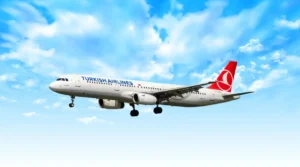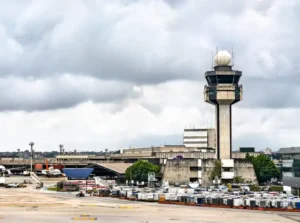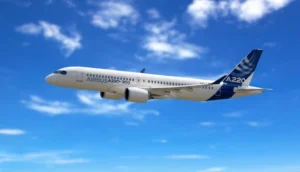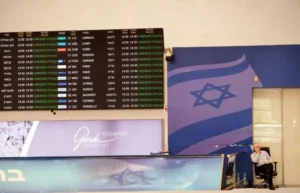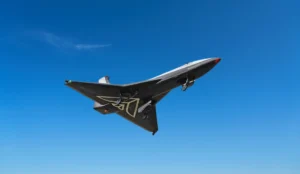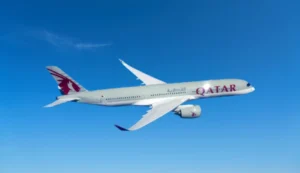Russian Aviation: Engine Failures and Safety Alarms
Russia’s aviation sector is under strain as engine failures, sanctions, fuel costs, and safety concerns threaten its fleet and passenger security.

Photo Source: World Airline News
Russian aviation is grappling with growing safety concerns as two passenger jets recently experienced mid-flight engine failures, forcing emergency landings. Both aircraft have since been grounded for technical inspections.
The first incident occurred on January 3, when a Ural Airlines Airbus A321neo en route from Sharm el-Sheikh, Egypt, to Yekaterinburg suffered a left engine failure at 4,500 meters. The crew safely returned to the departure airport.
A day earlier, on January 2, a NordStar Airlines Boeing 737 flying from Volgograd to Yekaterinburg encountered a similar issue at 11,300 meters. The flight crew successfully landed the plane at Gumrak Airport in Volgograd.
These failures underscore broader challenges facing Russia’s aviation sector. Sanctions have restricted the maintenance of Western-manufactured aircraft and cut off the supply of essential parts. Airlines have resorted to “cannibalizing” older planes to keep others operational.
Aviation safety incidents in Russia have hit a six-year high, with 208 incidents reported by November 2024—a 30% increase compared to the same period in 2023. Analysts predict the country’s aviation fleet could shrink by more than half by 2026.
Adding to these difficulties, rising fuel costs and economic pressures have led to alarming practices, including minimal refueling to save costs. Pilots have warned that such measures dangerously compromise flight safety, particularly as fuel prices continue to rise, further straining the struggling industry.

